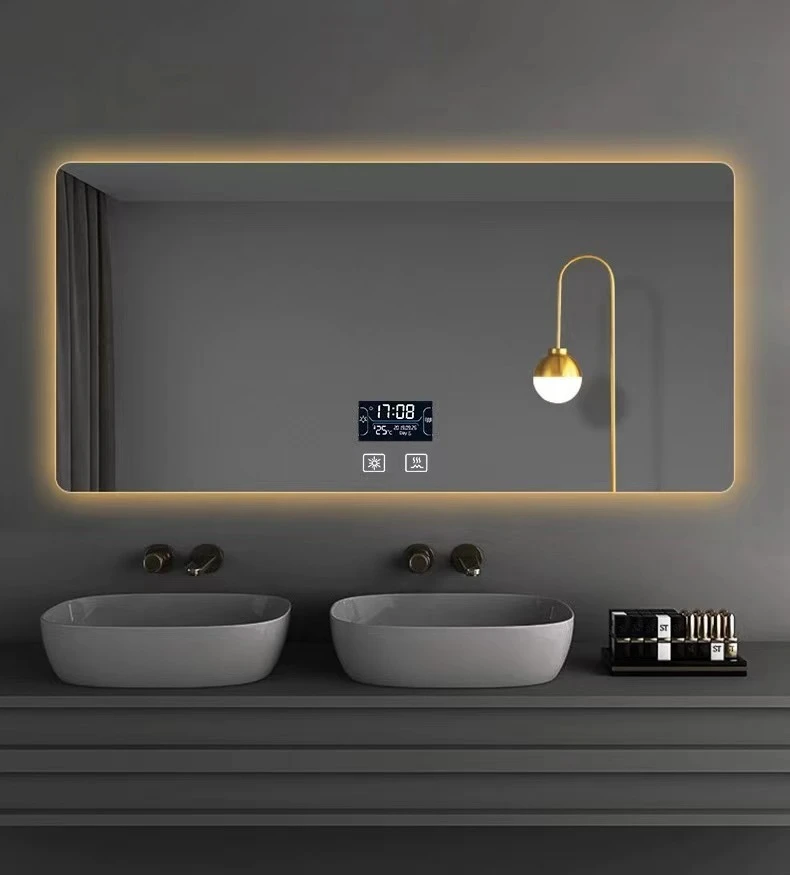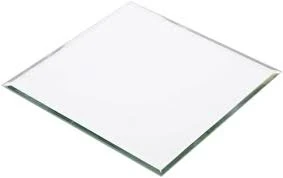Decorative architectural glass has emerged as a game-changer in modern architecture, blending utility with unmatched aesthetic appeal. Its extensive application, which spans residential, commercial, and industrial projects, not only transforms spaces but also elevates the architectural design to new heights. As a seasoned expert in the industry, I've delved deeply into the nuances of decorative architectural glass, gathering insights from real-world applications to provide a comprehensive review of its potential.

Decorative architectural glass serves as a canvas for creativity, offering an array of finishes that include frosted, etched, stained, colored, and patterned glass. Each type offers unique benefits, accentuating the versatility of glass in design. For instance, frosted glass is celebrated for its ability to diffuse light without sacrificing privacy, making it an excellent choice for office partitions and bathroom enclosures. Meanwhile, stained and colored glasses add vibrant hues to spaces, often serving as focal points in interior and exterior designs. Their ability to cast colorful shadows can transform an ordinary space into an extraordinary visual experience.
Expert application of decorative architectural glass is evident in its use in facades, curtain walls, and skylights. Glass facades, when designed with a keen understanding of aesthetics and structural integrity, create dynamic interactions with natural light, enhancing the building's external beauty and internal ambiance. Noteworthy projects like the Louvre Pyramid exemplify this daring use of glass, where the material’s transparency adds to the structure’s breathtaking elegance.

Moreover, sustainable designs are increasingly incorporating decorative architectural glass to improve energy efficiency. High-performance, low-emissivity (Low-E) glass options not only beautify structures but also contribute significantly to thermal regulation. These advanced glass types mitigate heat transfer, reducing the reliance on artificial heating and cooling systems. Incorporating these smart designs can result in buildings that offer both aesthetic and environmental benefits, aligning with growing global sustainability goals.
In commercial settings, decorative architectural glass enhances brand identity. Businesses use custom-etched or printed glass with logos or graphics to create personalized, professional environments. This customization potential allows companies to reinforce their brand image from the moment clients walk through the door. Hotels, restaurants, and stores increasingly employ decorative glass elements as a part of their interior design strategy to deliver an immersive experience that leaves a lasting impression on customers.
decorative architectural glass
The trustworthiness of decorative architectural glass as a robust building material cannot be overstated. Advances in glass technology have resulted in toughened and laminated glass varieties that ensure safety and durability. These types are designed to withstand impact, resist breakage, and provide additional security — essential qualities for commercial and high-rise residential buildings. For those concerned about the safety aspects, laminated glass, which acts similarly to a car windshield, holds together even when shattered, offering peace of mind in high-traffic areas.
The installation process, a truly expert-driven stage, requires precision to maximize both the aesthetic and functional benefits of glass. Only skilled craftsmen can deliver the flawless finish that high-profile projects demand, and selecting experienced installers ensures that the glass will perform as intended, maintaining its integrity and visual appeal for years.
The future of decorative architectural glass promises even more innovative developments. With technology pushing boundaries, expect to see more integration of smart glass technologies, like electrochromic glass, which changes tint with electric current, offering customizable privacy and light filtration. These innovations will undoubtedly continue to transform how we consider and utilize glass in architecture, pushing the envelope of creativity and function.
In conclusion, the versatility and potential of decorative architectural glass are boundless. Its ability to combine beauty and functionality while contributing to sustainability make it a prime choice for forward-thinking architects and designers. As trends continue to evolve, the mastery of decorative glass applications will remain pivotal to creating iconic, timeless structures that leave an indelible mark on the architectural world. By keeping abreast of the latest advancements and continuously honing expertise, professionals in this field can harness the full potential of this remarkable material, crafting spaces that are as strikingly beautiful as they are functionally superior.



